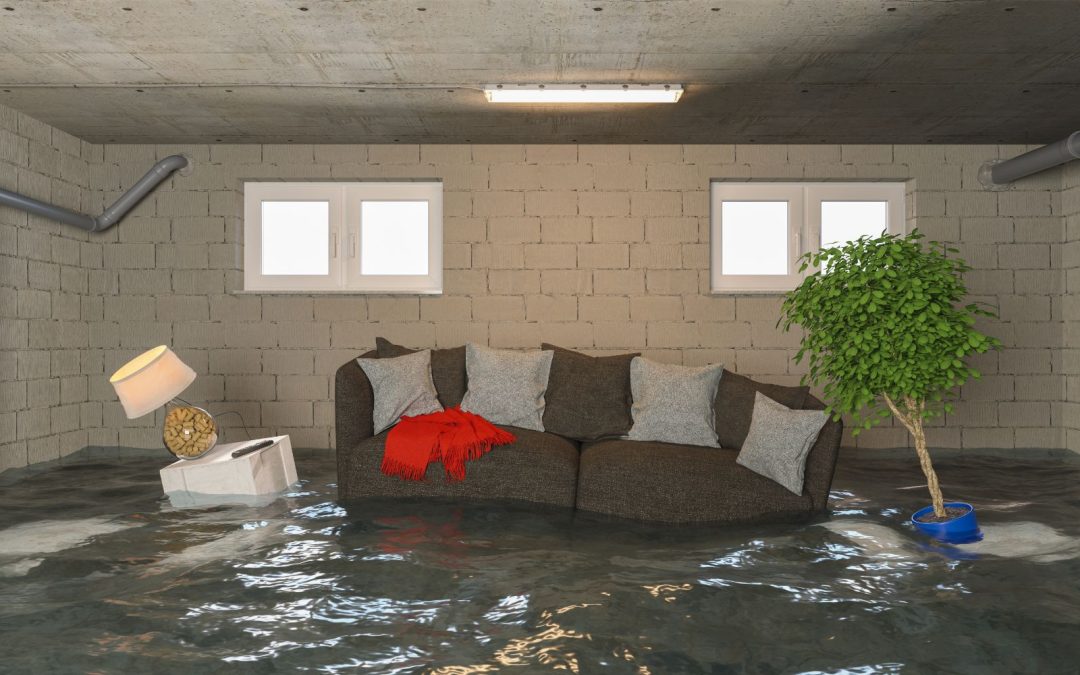Navigating Basement Floods: A Quick Guide to Tackling Dampness
Discovering dampness in your basement can be disheartening, but addressing it promptly can prevent more extensive damage and potential health hazards. Here’s a quick guide on what to do when you spot dampness in your basement.
1. Identify the Source:
First things first, determine the source of the dampness. It could be due to heavy rainfall, a leaking pipe, or poor drainage. Identifying the cause helps in formulating an effective plan for remediation.
2. Assess the Damage:
Carefully assess the extent of the dampness and any visible damage. Look for signs of water stains, mold growth, or discoloration on walls and floors. Understanding the scope of the issue guides the remediation process.
3. Safely Remove Water:
If the dampness is a result of flooding, safely remove standing water using a wet-dry vacuum, mops, or buckets. Ensure your safety by turning off electricity in the affected area before attempting any cleanup.
4. Increase Ventilation:
Promote air circulation by opening windows and using fans to speed up the drying process. Proper ventilation helps prevent the growth of mold and mildew.
5. Consult Professionals:
For persistent or extensive basement dampness, it’s advisable to consult with water damage restoration professionals at New America Restoration. They have the expertise and equipment to conduct a thorough assessment and implement effective solutions.
6. Take Preventive Measures:
Once the immediate issue is addressed, focus on preventive measures. Improve basement drainage, seal any cracks or gaps, and consider installing a sump pump to prevent future flooding.
7. Monitor for Signs of Mold:
Keep a vigilant eye for signs of mold growth in the following days. If you notice any, address it promptly to prevent further damage and potential health risks.
Remember, quick action is key when dealing with basement dampness. By following these steps, you can minimize damage, protect your home, and create a safer and healthier living environment.

